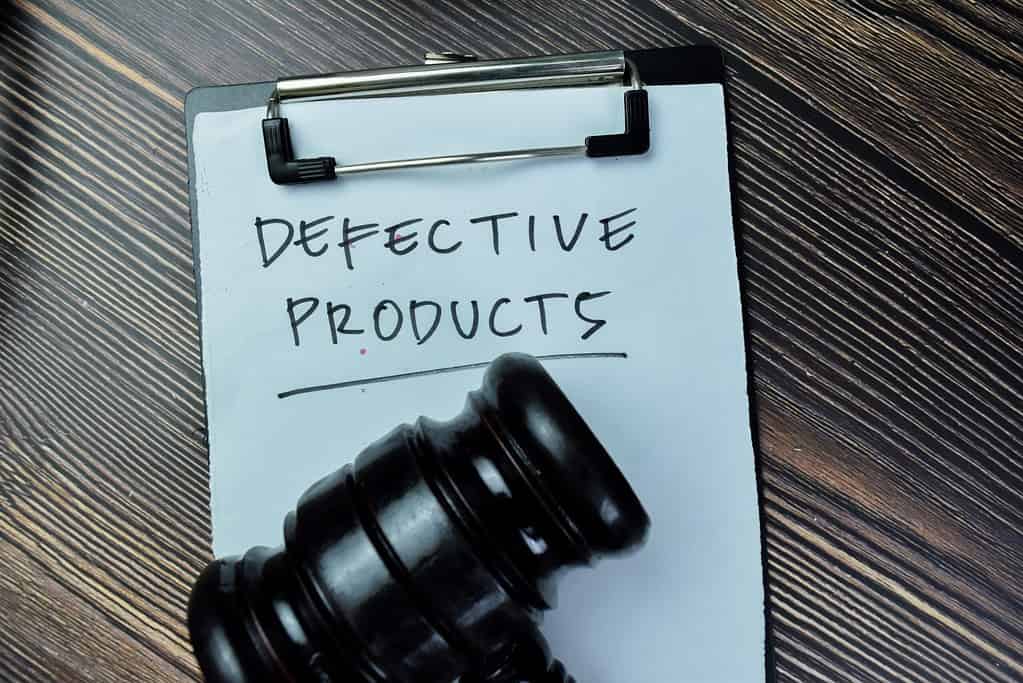Category: Methodology

Converting DPMO to Sigma Level and Cpk: A Step-by-Step Guide
Published:How do you convert DPMO to Sigma Level? There are several metrics you can use to measure how well your process is performing. Let’s look at three of them and discuss how to calculate them and how they relate. The three are DPMO, Sigma Level, and Cpk. Convert DPMO/Sigma to Cpk Before discussing how you […]
Read more »
Flow Time vs. Cycle Time: What’s the Difference?
Published:There never seems to be enough time on a project, especially when considering flow time vs. cycle time. These measurements are great ways of tracking time throughout a project. However, when to use these respective measurements comes down to the stage of the project. Don’t fret, we’ll get you up to speed in no time. […]
Read more »
Common Cause vs. Special Cause Variation: What’s the Difference?
Published:Common cause vs. special cause variation, aren’t they the same thing? At first glance, you’d be allowed to think so. However, as with any part of the production cycle, there is a reason for these two measurements to exist. So, let’s dive right into what makes these variations different, and how to identify and benefit […]
Read more »
Process Time vs. Cycle Time: What’s the Difference?
Published:Process time vs. cycle time is a discussion that comes up often for newcomers to Six Sigma. Understanding these principles and how they apply to your time management is vital. Failing to grasp these concepts can affect your bottom line negatively. What is Process Time? Process time describes the interval required for a product or […]
Read more »
Takt Time vs. Cycle Time: What’s the Difference?
Updated:Takt Time vs. Cycle Time: when do you choose what to use? Regardless of your processes’ efficiency, you will have to measure the time eventually. Now, if you’re a new Six Sigma practitioner, you might be wondering about Takt Time vs. Cycle Time. Both of these metrics are important to understanding and refining your processes. […]
Read more »
Tukey’s (1-way ANOVA): See the Difference in Your Data Sets
Published:ANOVA will tell you whether there is a statistically significant difference in the population means of three or more groups of data. But which means are different? Tukey’s will tell you that. Analysis of Variance (ANOVA) is used to determine whether the population means of several sample data sets are statistically different or not. If […]
Read more »
Categorical vs. Continuous Data: What’s the Difference?
Published:Data analysis is a fundamental process in any project. However, data can be lumped into different types, with categorical and continuous data seeming almost opposed at first glance. That said, mastering these data types and understanding when and where to use them can lead to far more precision during data analysis as a whole. What […]
Read more »
Cpk vs. Sigma Level: What’s the Difference?
Updated:So what is the real difference when looking at Cpk and Sigma Level? If you’re new to Six Sigma, there is no shortage of acronyms and calculations to keep in mind as you work on your knowledge base. Both Cpk and Sigma Level are valuable tools when looking at your processes and production. So, let’s […]
Read more »
Variable vs. Attribute Data: What’s the Difference?
Updated:Throughout any project, you’re going to gather up quite a bit of data. Now, this can be broken down into two categories: variable and attribute data. Understanding the difference and learning how it is applicable during the analysis stage can be crucial for future decision-making. So, with that in mind, let’s take a deeper dive […]
Read more »
Identify, Design, Optimize, Validate: A Proven Approach to Designing High-Quality Products
Published:Incremental and continuous improvements are great. When appropriate, breakthrough improvement is even better. IDOV (identify, design, optimize, validate) is one tool for accomplishing this. Let’s see how.
Read more »
TEAM: Meeting Your Project Goals
Published:When you are part of an organization that is working towards goals, you are part of a team. A team moving toward hitting milestones can sometimes need to generate excitement and motivation while inching toward the goal line. This is why we have acronyms like TEAM. An acronym like TEAM can be used […]
Read more »
PDCA vs. OODA: What’s the Difference?
Published:What Is PDCA? The Plan-Do-Check-Act (PDCA) method is a framework used to achieve continuous improvement in a particular organization or process. It’s also known by several other names, including the Deming wheel, the Shewhart cycle, and the control circle. Even though the method was originally rooted in quality control, it has since been […]
Read more »
Continuous vs. Attribute Data: What’s the Difference?
Published:What is Continuous? Continuous data refers to numerical data with any value within a certain range. The values have infinite possibilities, but they all fall within a range. These can be whole numbers or decimals measured using data analysis like skews and line graphs. This kind of data can change over time and […]
Read more »
The Science Behind Decision Making: Analytic Hierarchy Process Explained
Published:When faced with multiple decision criteria, how do you prioritize them? Do you flip a coin or use something more structured? You might want to consider using the Analytic Hierarchy Process as a structured format for prioritizing your decisions.
Read more »
What is the Bartlett Test and How is it Used in Statistical Analysis
Published:The Bartlett Test is named after the English statistician, Maurice Stevenson Bartlett. The test is also known as the Bartlett’s test for homogeneity of variances. It is most used in doing a 1-way Analysis of Variance (ANOVA). ANOVA is used to determine whether there is any statistical difference between the means of three […]
Read more »
Subject Matter Expert vs. Consultant: What’s the Difference?
Published:What is a Subject Matter Expert? Subject matter experts (SMEs) are people who have a significant amount of knowledge or experience regarding a specific subject. They can specialize in any kind of academic discipline, profession, or practice. Even though their area of expertise is relatively narrow compared to general consultants, there is still […]
Read more »
Strengthening Business Health: Lot Tolerance Percent Defective as a Vital Tool
Published:It is important in business to have a sampling system in place to determine when to dump a pack of units dumped due to an unacceptable amount being defective. LTPD is part of this sampling system.
Read more »
Project ROI: A Key Metric for Project Selection and Resource Allocation
Published:Financial project metrics can be cumbersome to use and jargon-heavy. We demystify and simplify project return on investment, making the concept accessible to all and giving you the confidence to use it in your project management operations.
Read more »
Discrete vs. Continuous Data: What’s the Difference?
Published:When it comes to Six Sigma, data is your lifeblood. The ability to interpret what the data is saying is how you know whether you are on the right path. Further, it shows how you’re achieving your goals and objectives and avoiding roadblocks on your journey toward success. Accurately collected and analyzed data […]
Read more »
How the Toyota Production System Can Improve Your Business Processes
Published:The Toyota Production System (TPS) serves as the foundation for Lean Manufacturing. Let’s explore this powerful method for improving your processes. The Toyota Production System (TPS) is a manufacturing philosophy and a set of management practices developed by the Toyota Motor Corporation. It emphasizes continuous improvement, just-in-time production, and efficient use of resources, […]
Read more »
Deming’s 14 Points: A Blueprint for Achieving Quality and Productivity in Business
Published:Deming’s 14 Points provide a roadmap to transform American Business and increase productivity and competitive position. Without W. Edwards Deming, modern quality improvement might not exist. If you have never heard of Dr. Deming or his 14 Points for Management, welcome aboard. If you have, get ready to reacquaint yourself. What Are Deming’s […]
Read more »
Linearity vs. Repeatability: What’s the Difference?
Published:What Is Linearity? Before understanding linearity, we must understand another measurement error known as bias. Bias is a consistent mistake that occurs in measurement. For example, every measure taken with your scale comes out heavier than the actual weight. Linearity measures the consistency of a bias over the entire range of possible measurements. […]
Read more »
Understanding Rejectable Quality Level: Key Concepts and Applications
Published:When it comes to sampling plans, there are some terms that are absolutely crucial to be aware of. These are Acceptable Quality Level (AQL), Indifference Quality Level (IQL), and Rejectable Quality Level (RQL).
Read more »
Using Voice of the Process to Identify Critical Processes for Improvement
Published:Are you hearing voices? If it’s in a business context, then there is nothing to worry about — and it might even be a good thing. Let’s listen in to the voice of the process and hear what it has to say.
Read more »